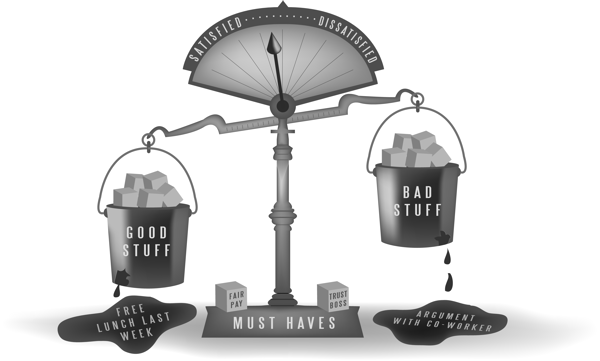Guidelines
Guidelines are general instructions on how to make decisions. Unlike specific policies and processes, guidelines are not rigid. Guidelines are loose blueprints for success, such as “Don’t swim for 30 minutes after eating”. Contrasting with policies and rules, there are generally no sanctions for disregarding guidelines. While there is a Read more…
